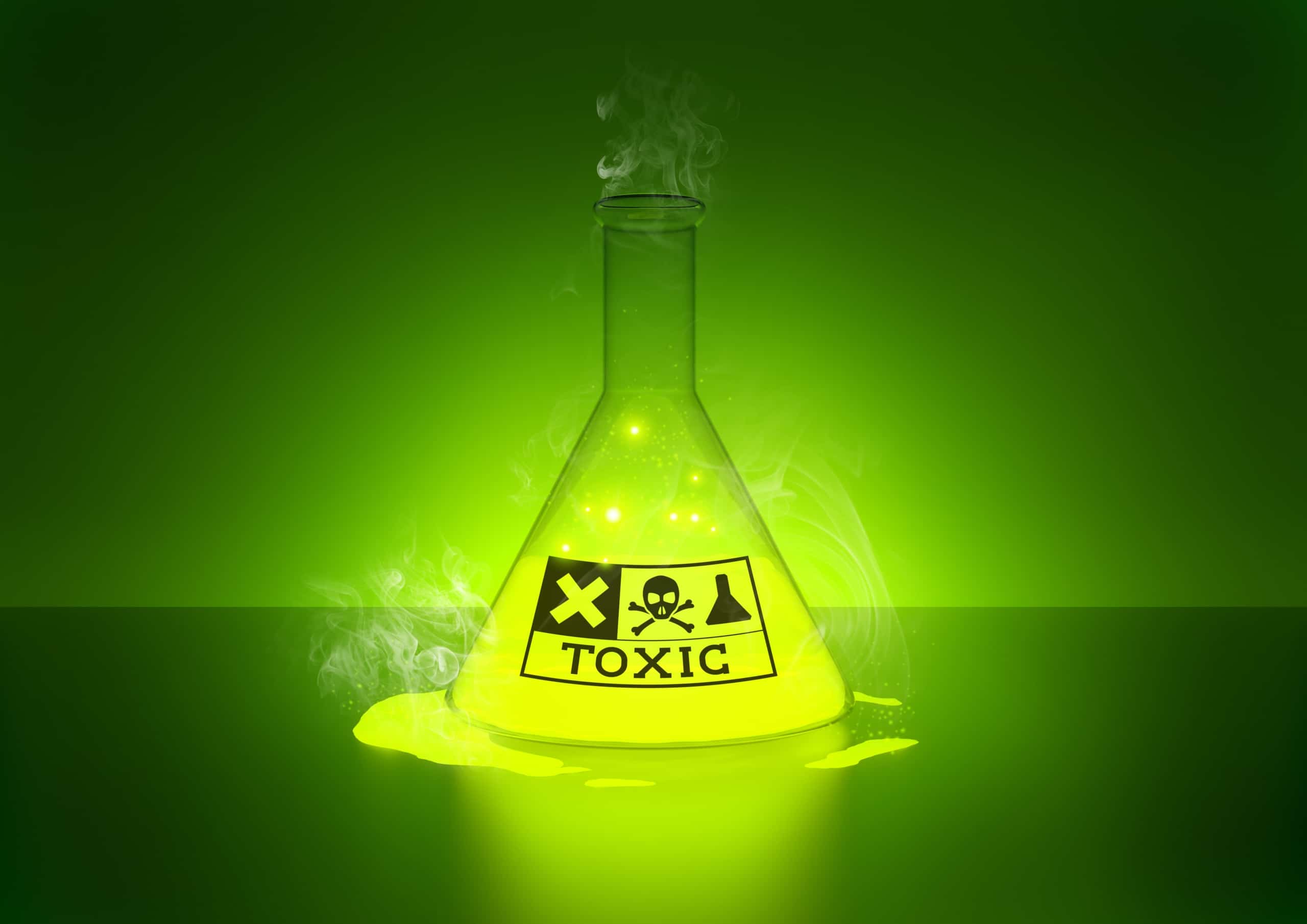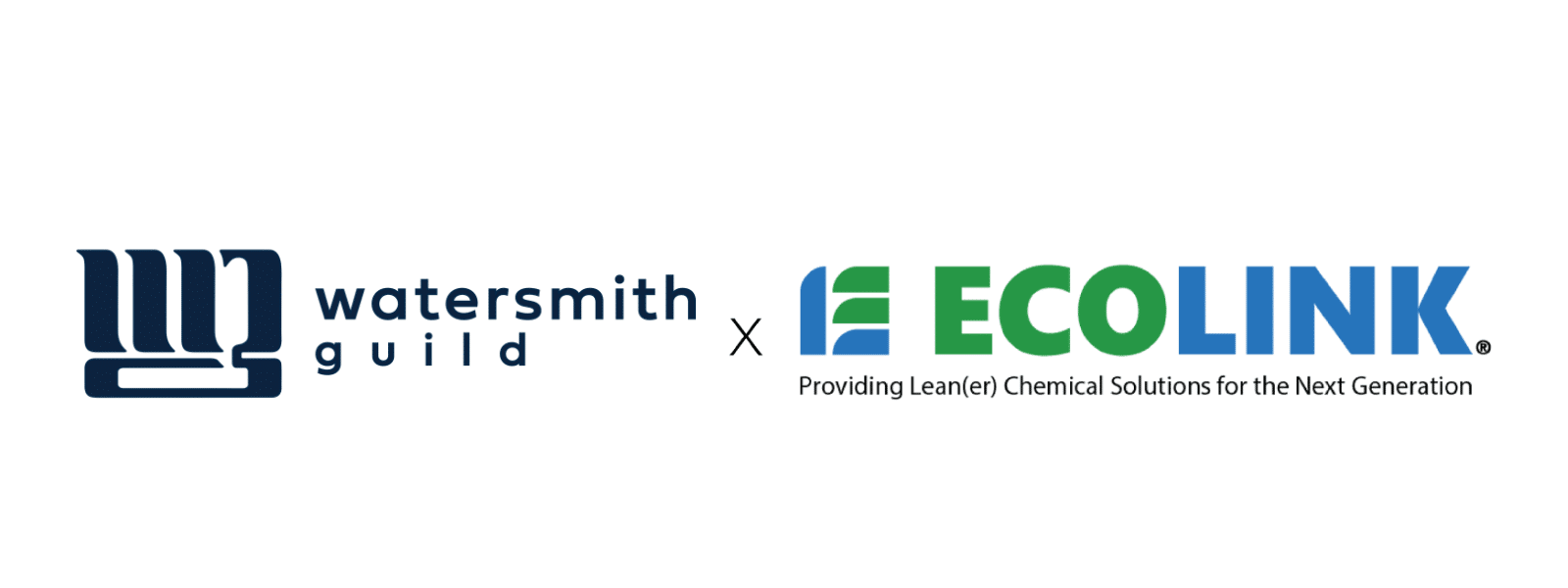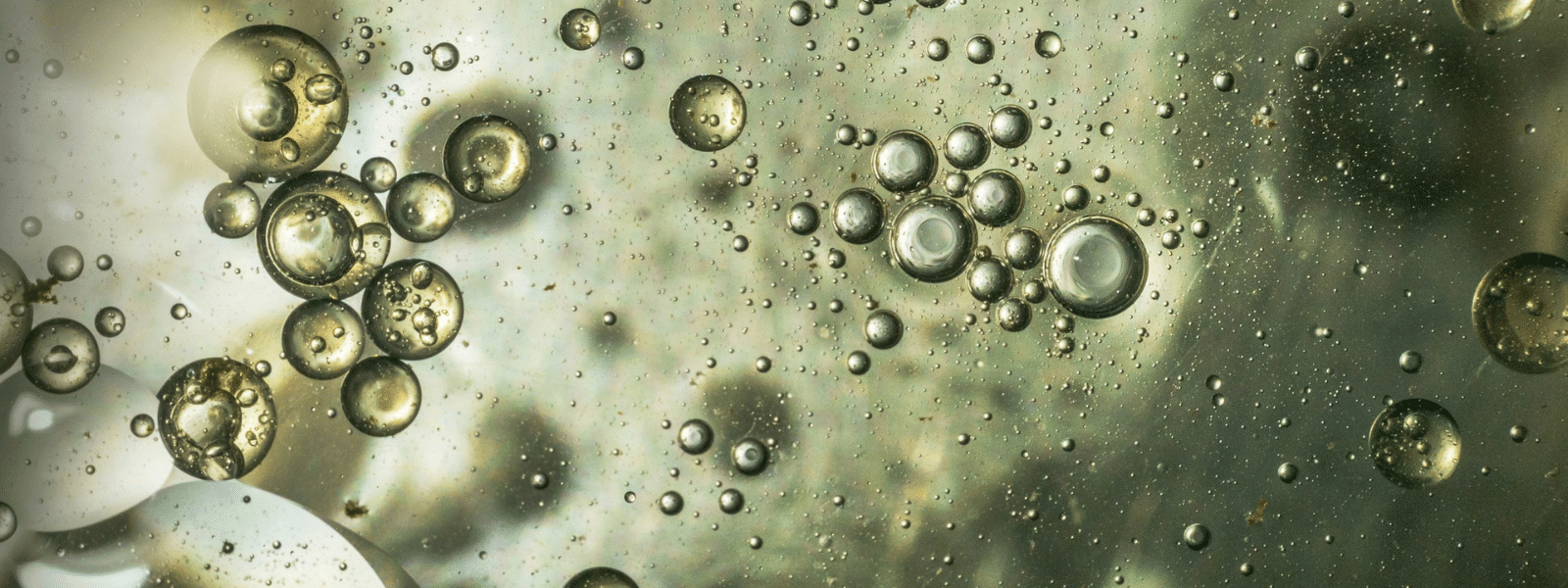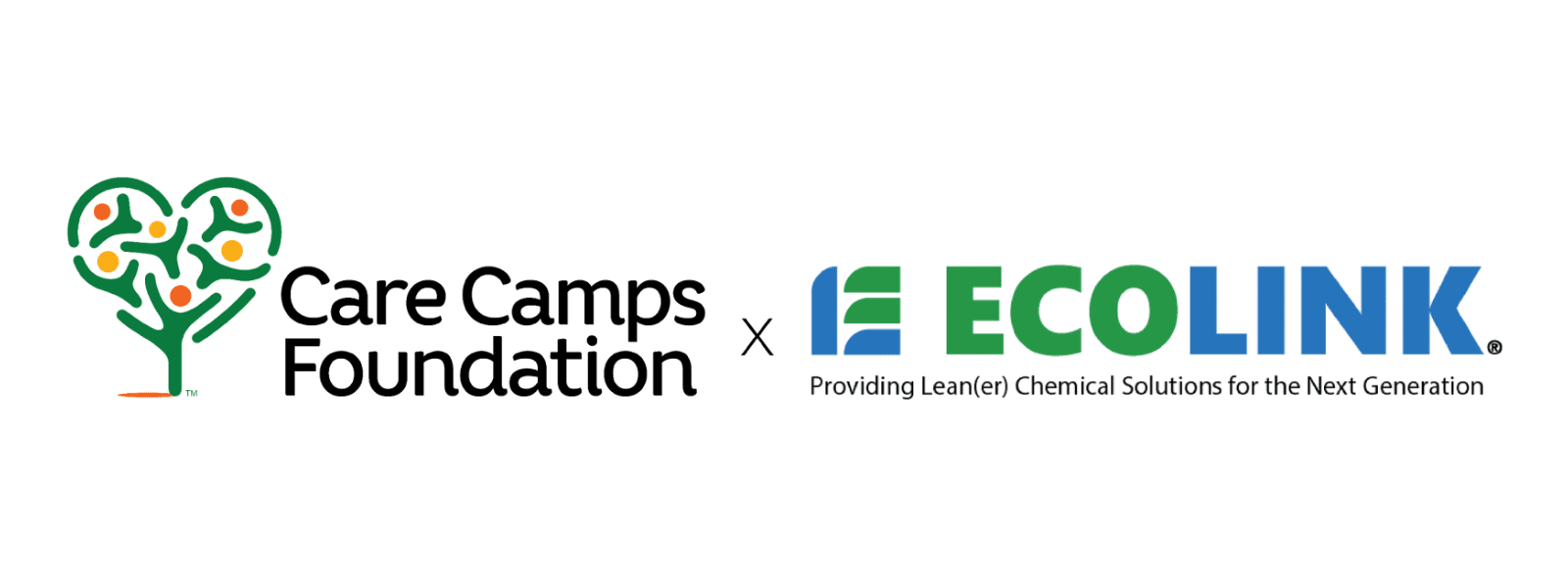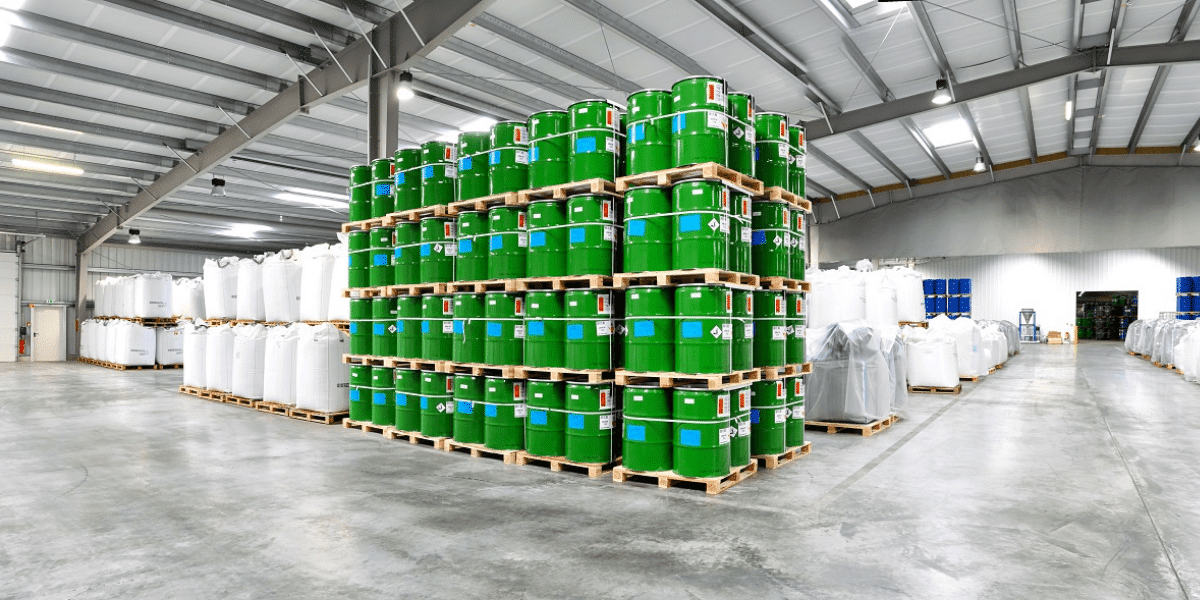The National Toxicology Program (NTP) — an interagency program in the Department of Health and Human Services (DHHS) — recently added 1-bromopropane (a.k.a n-propyl bromide) to the Toxic Release Inventory (TRI) list of reportable chemicals.
The inclusion of 1-bromopropane in the list follows several years of research on the solvent’s negative impact on the environment and human health. After reviewing the NTP’s data, the Environmental Protection Agency (EPA) ruled that 1-bromopropane should be added to the NTP’s TRI list of reportable chemicals. The rule was published on 11-23-15.
Why the Solvent was Added to the TRI List
Although 1-bromopropane is known to harm the environment through the release of hazardous air pollutants (HAPs), the EPA officially added the solvent to the TRI list due to the NTP’s conclusion that 1-bromopropane is “reasonably anticipated to be a human carcinogen”. In turn, the EPA determined that “1-bromopropane meets the Emergency Planning and Community Right-to-Know Act (EPCRA) Section 313(d)(2)(B) statutory listing criteria”.
In most situations, cancer caused by 1-bromopropane exposure occurs after years of frequent contact with the solvent’s HAPs. However, in addition to chronic, debilitating health conditions, exposure to the solvent can also cause acute ailments that make it easier to quantify the negative health impact of 1-bromopropane in the short-term. These conditions include respiratory distress, profound dizziness, upset stomach, slurred speech, muscle twitching, and even loss of consciousness.
The Ruling’s Impact on 1-bromopropane Users
The EPA’s decision to have 1-bromopropane added to the NTP’s TRI list will reportedly affect 140 1-bromopane users, most of whom use large quantities of the solvent for commercial or industrial application, and thus have the greatest negative impact on the environment and human health among all users of 1-bromopropane.
The EPA doesn’t list these companies in its ruling to have 1-bromopropane added to the NTP’s TRI list, but industries in which the companies operate can be reasonably anticipated due to the solvent’s widespread use for certain work processes. Some of the most common of these work processes entail:
- Synthetic fiber manufacturing
- Vapor and immersion degreasing for metal
- Electronics manufacturing
- Dry cleaning
- Production of pharmaceuticals
- Creating adhesives for laminates and foam
Based on the EPA’s decision to have 1-bromopropane added to the NTP’s TRI list, “1-bromopropane is reportable for the 2016 calendar year, with the first reporting forms due from TRI facilities by July 1, 2017.” Ultimately, this means that companies that use the solvent in large quantities should begin the process of replacing it with a safer solvent — an endeavor with which the experienced chemists Ecolink can provide assistance.
Contact Ecolink Today
At Ecolink, one of our specialities is providing environmentally friendly and environmentally safe solvents that are better for the environment and human health than toxic cleaning solvents such as 1-bromopropane. If you are ready to replace the solvent in your work processes, please call us today at (800) 563-1305, or use the contact page on our website. The sooner you replace 1-bromopropane with a safer solvent, the sooner your workers and the environment will be safer from the toxic effects of 1-bromopropane.





